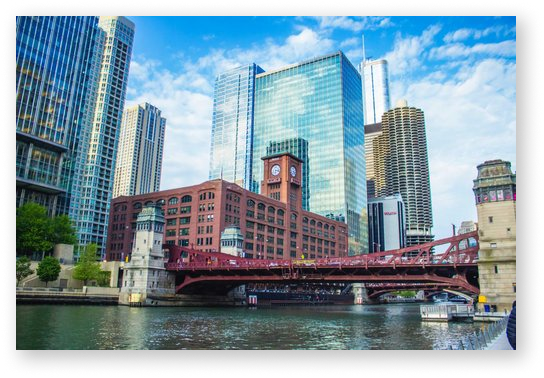
THE HISTORY
THE EASTLAND DISASTER
WHAT IS THE EASTLAND DISASTER?
The Eastland, a vessel chartered for a festive excursion, met with tragedy before it could fulfill its purpose. It was destined to transport Western Electric employees and their families across Lake Michigan for a company picnic. While moored in the Chicago River, filled with eager passengers, the Eastland capsized plunging hundreds into the water.
This disaster claimed 844 lives, marking it as the deadliest shipwreck in Great Lakes history.
Among those lost was Martha Pfeiffer, the 19-year-old great aunt of author, Natalie Zett.
The Eastland Disaster serves as a somber reminder of the fragility of life.
THE RED CROSS REPORT
Within an hour after the Eastland capsized, the American Red Cross was on the scene. The Eastland Disaster Historical Society website details the efforts of the Red Cross on that terrible day.
In 1918, the Red Cross published their findings in the Eastland Disaster Relief 1915-1918: Report of the Eastland Disaster Relief Committee, Chicago Chapter, American Red Cross.
The entire document is available on Google Books as well as Hathitrust.
Page 61 of the Eastland Disaster Relief document (left) describes the relief money that was given to Martha Pfeiffer’s family (No. 507). While it says Natalie’s great-grandfather had been dead for years, in fact he died just 18 months before the Eastland Disaster.
FUN FACT:
The Johnstown Flood of 1889 was the first disaster relief effort for the Red Cross.
SECOND REGIMENT ARMORY
The Second Regiment Armory served as a makeshift morgue for the Eastland victims. Natalie’s grandmother stood in this line as she and the others faced the gruesome task of finding their loved ones amongst the dead.
Interestingly, the Second Regiment Armory became Harpo Studios (home of the Oprah Winfrey Show).
Photo on the bottom right by Jun Fujita, 1888-1963. No known copyright.
The look in this man’s eyes makes you wonder what happened to him.
It’s impossible to calculate the toll this catastrophe took on survivors, witnesses, and rescuers - not to mention the descendants of the tragedy.
ONE WAY TICKET
Ticket to the Western Electric Annual Picnic on July 24, 1915. For the 844 people who boarded the Eastland, this paper was their ticket to eternity.
DISASTER SITE TODAY
A drone’s-eye view of the site of the Eastland Disaster between Clark and LaSalle Streets, Chicago.
Photo by Sasha Connolly.
CARL SANDBURG
POET, JOURNALIST, & BIOGRAPHER
Carl Sandburg’s Chicago Poems took up permanent lodging in my heart and mind long ago… I was no poetry lover in high school. Yet, there was something about Sandburg’s words that burrowed beneath the surface and had me dreaming about Chicago.
Chicago haunted me for years, and I didn’t know why.
Years passed before I learned that some of my blood flowed in the Chicago River.
So, what is it about blood - and poetry - that connects us to people and places that we never knew? I wish I knew.
But Sandburg built a bridge of sorts for me. A bridge that I would someday walk across.
Carl Sandburg—poet, biographer, and journalist—was also a child of immigrants.
He loved Chicago and was unafraid to expose its wild beauty and hideous imperfection.
While researching the Eastland’s history, I learned Sandburg had penned a blistering article about the conditions that brought about the Disaster.
According to the Socialist Worker, Sandburg wrote a regular column called “Looking ‘Em Over.”
In September 1915, he wrote a scathing polemic about the not-so-natural causes of the Eastland disaster.
But that’s not all. He also wrote a poem called The Eastland that begins,
“Let's be honest now
For a couple of minutes
Even though we're in Chicago…”












